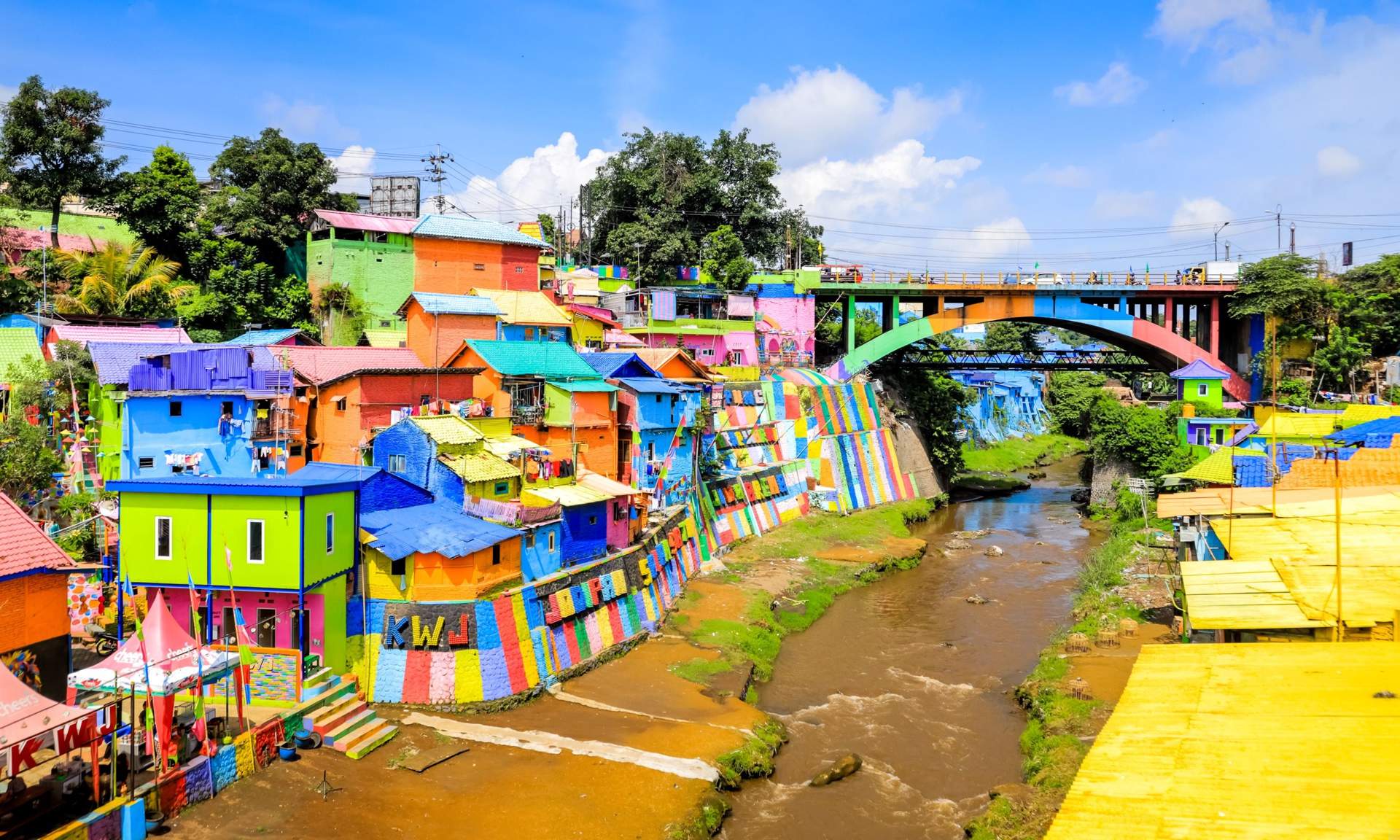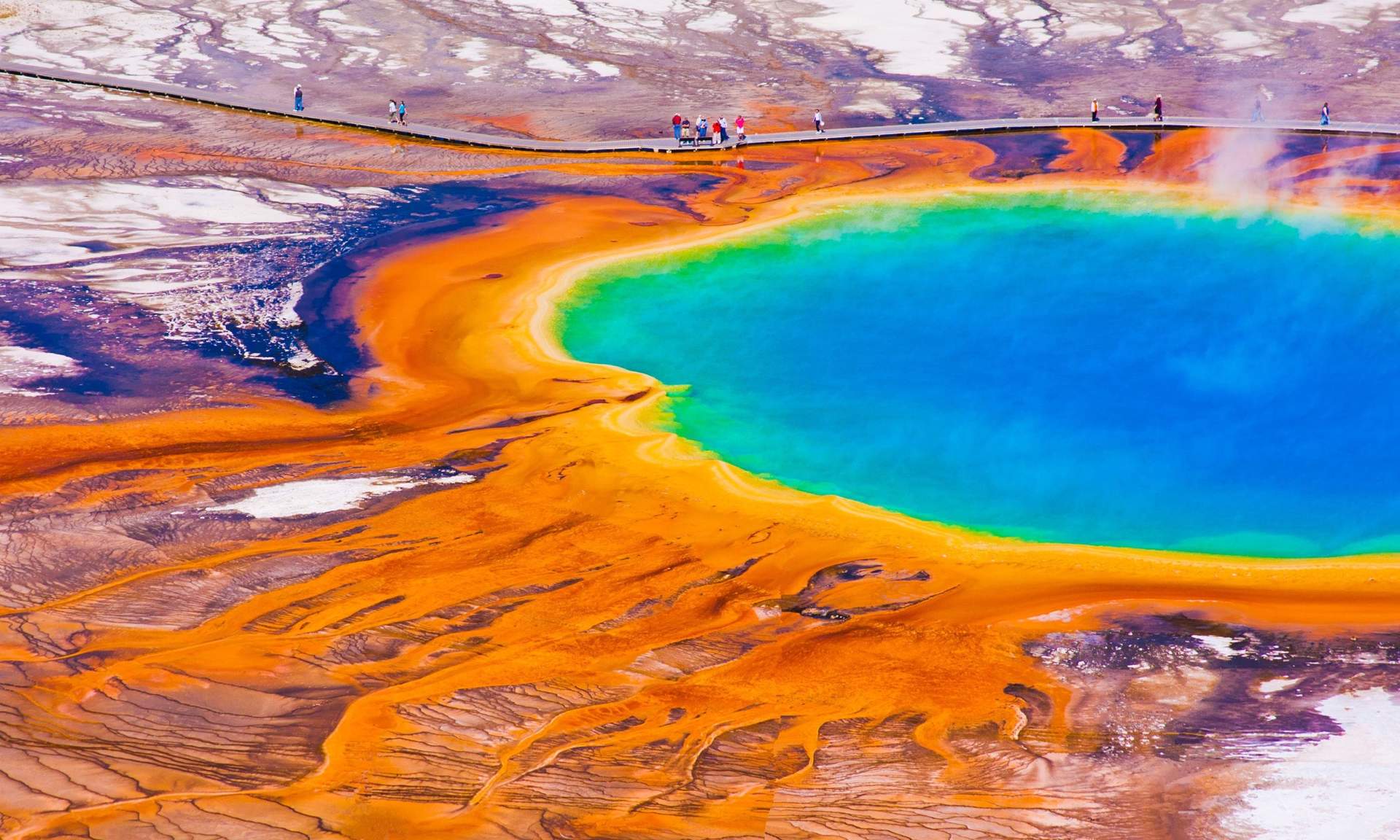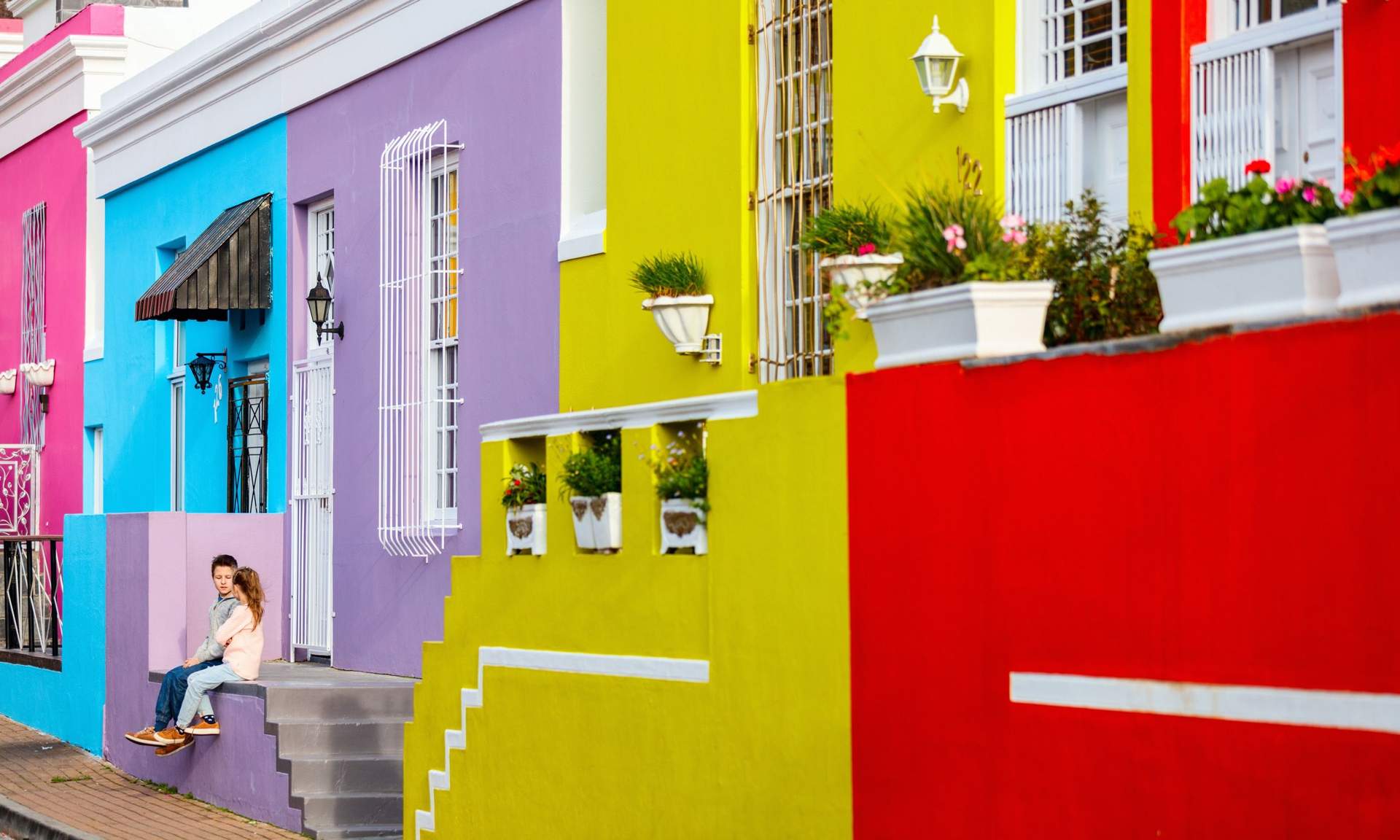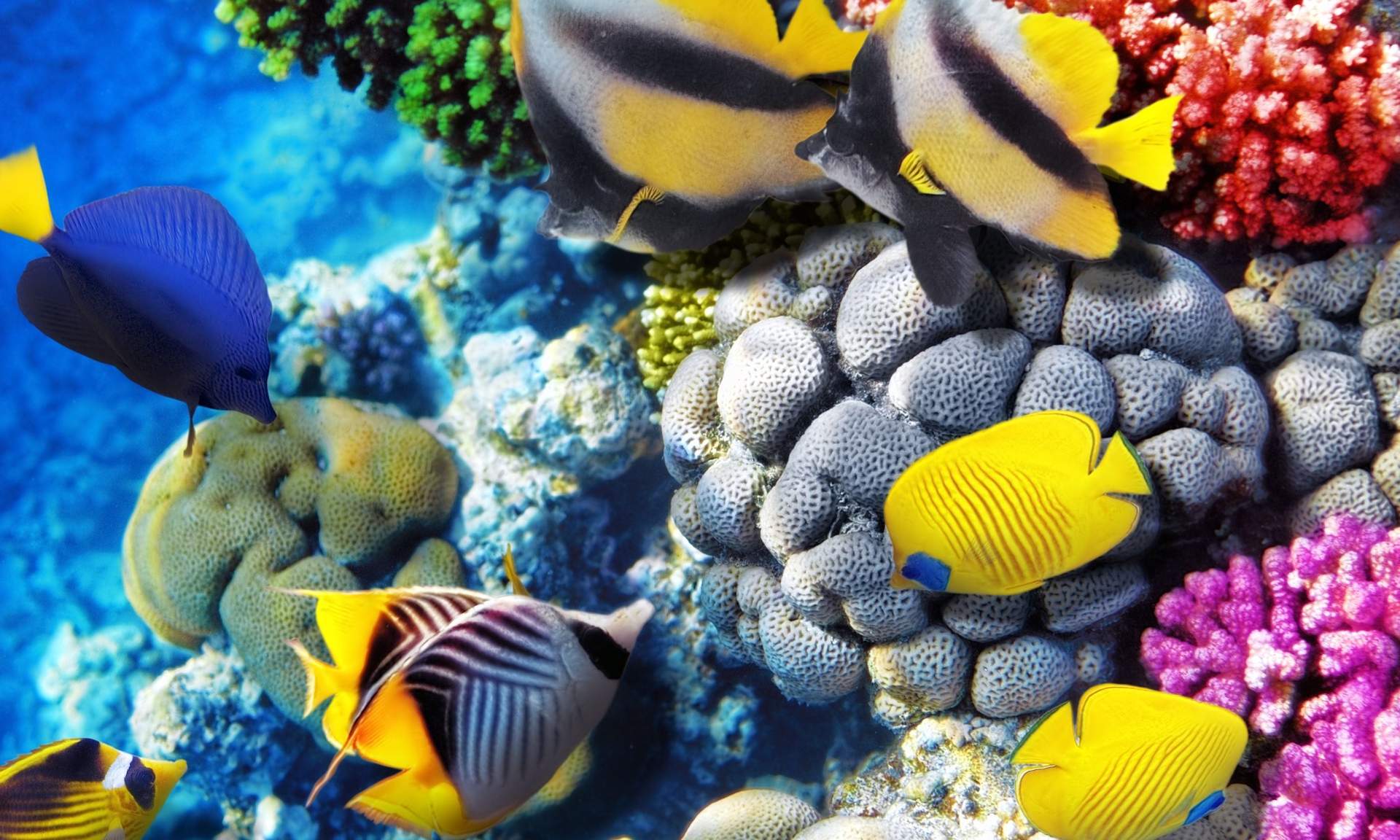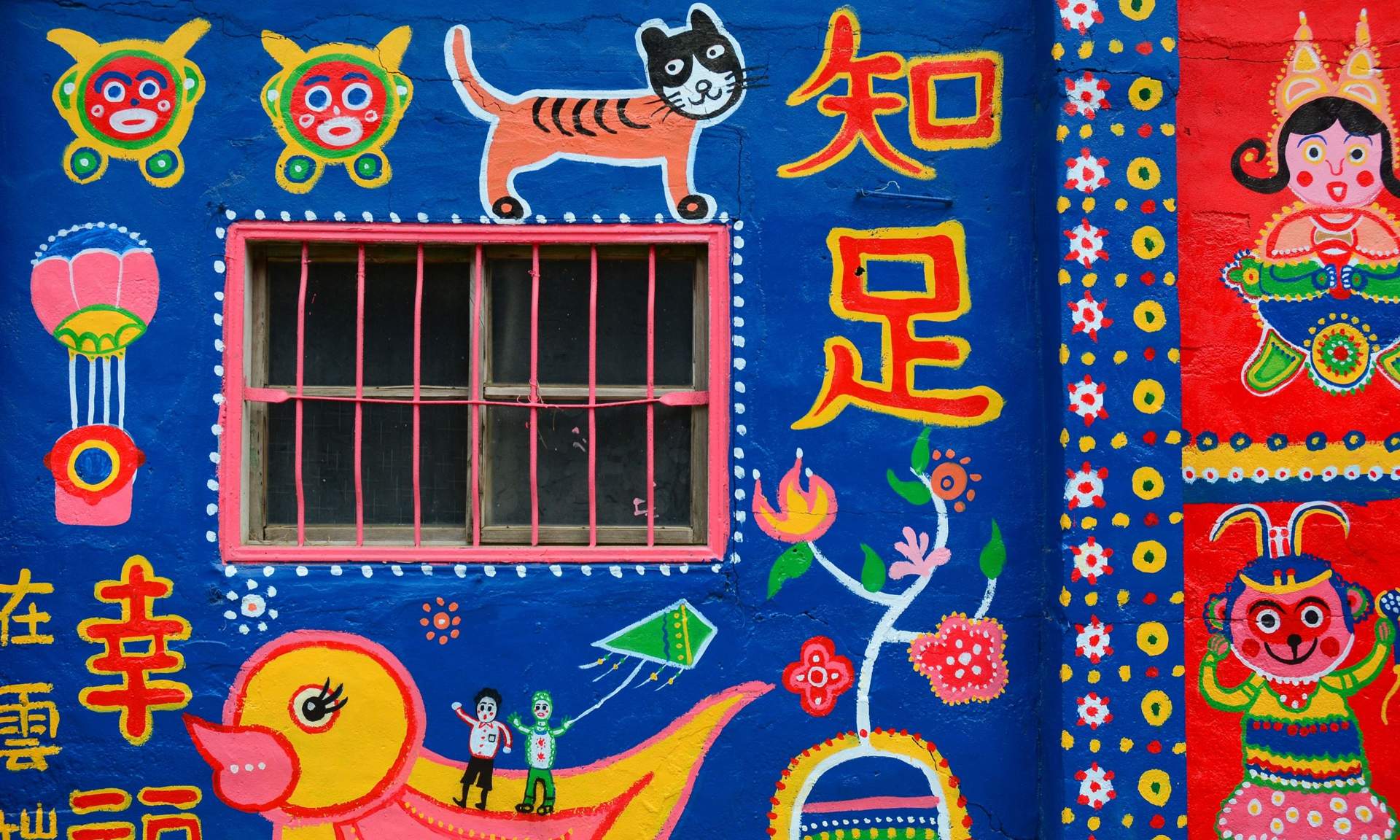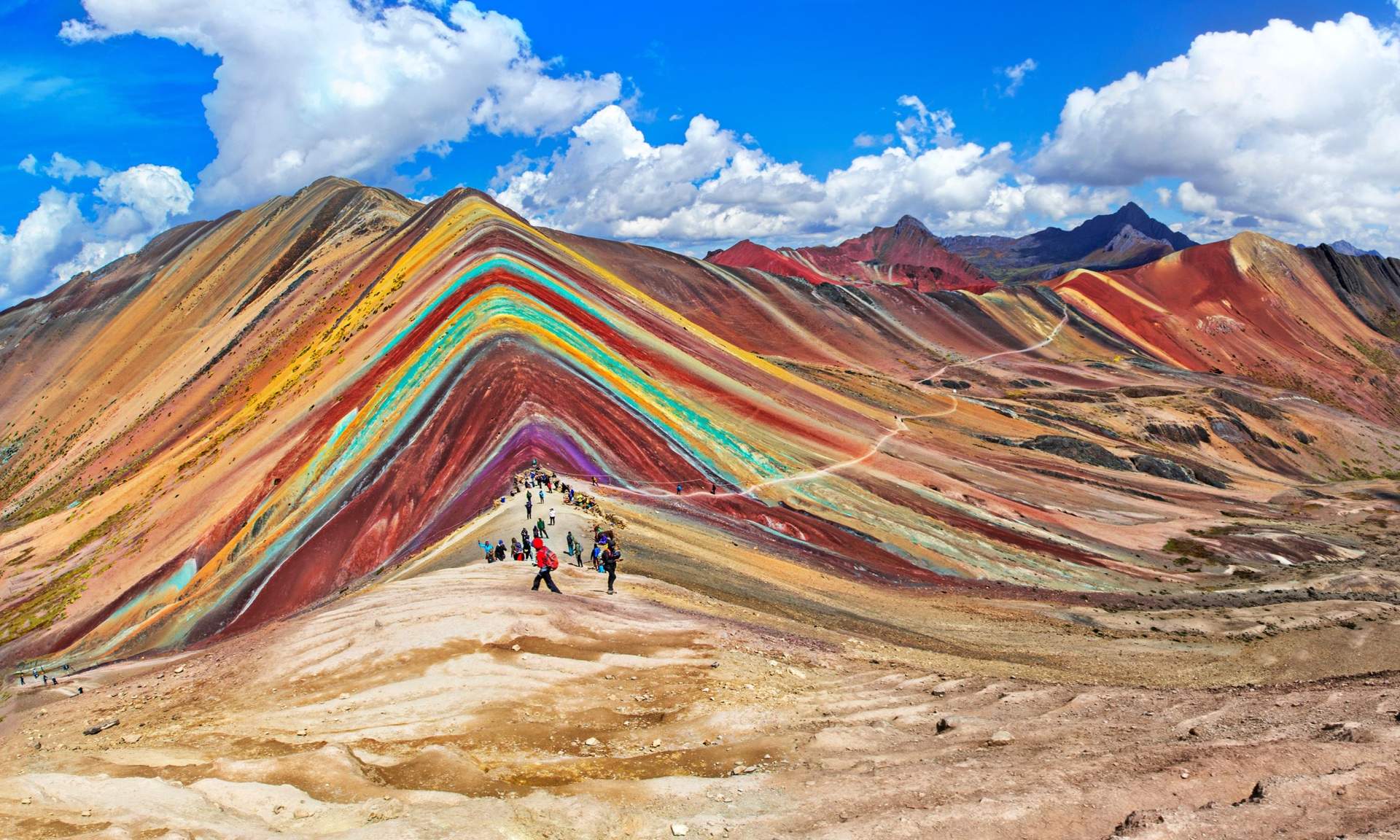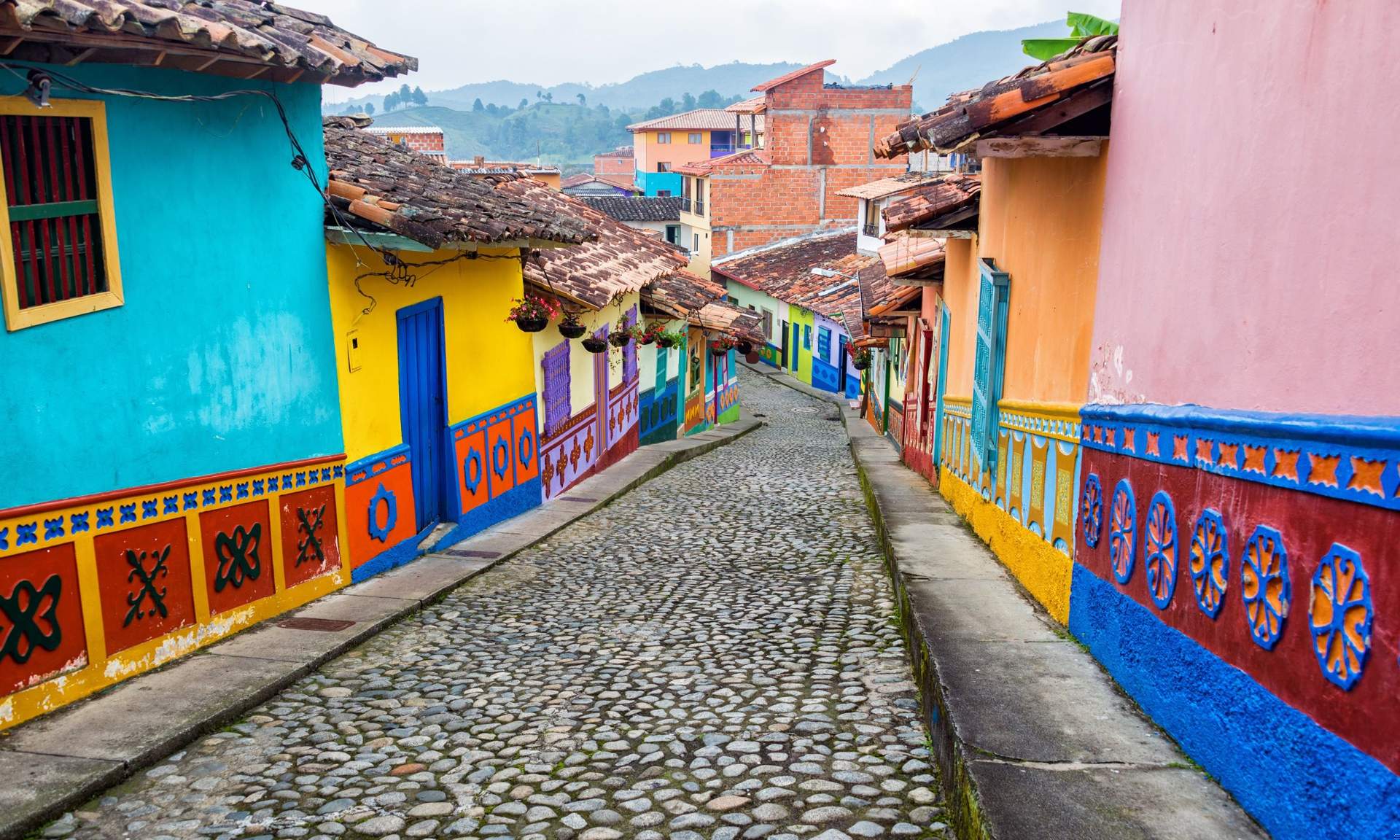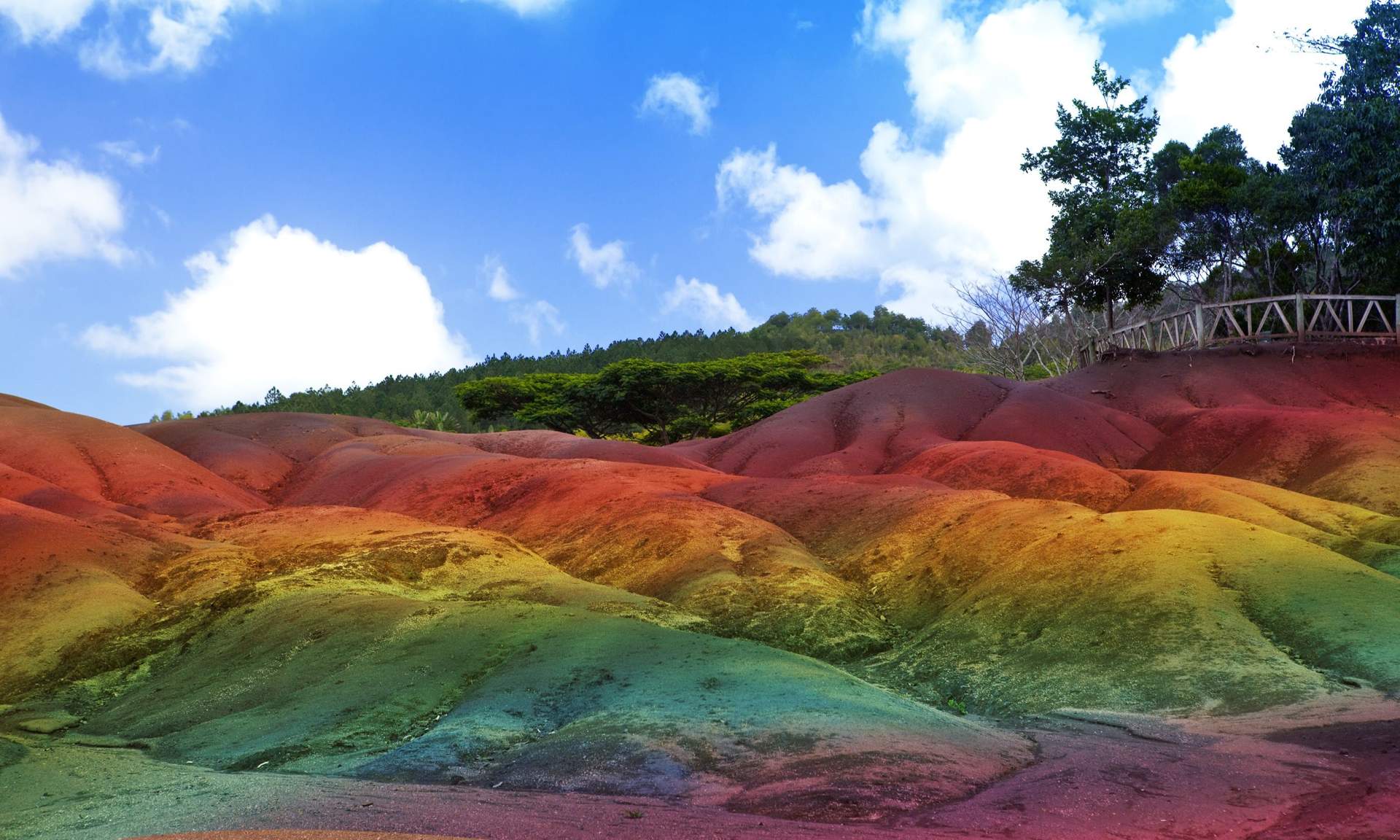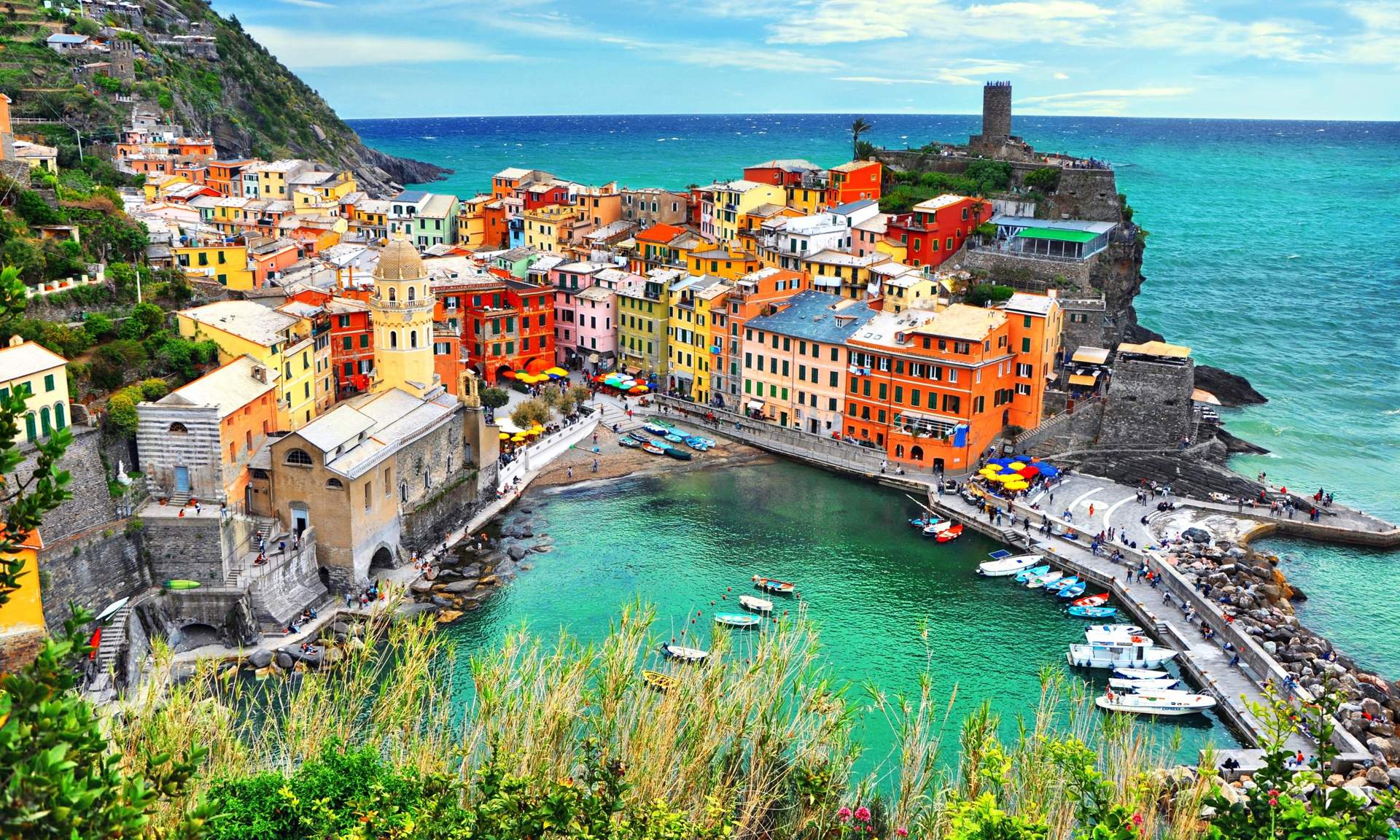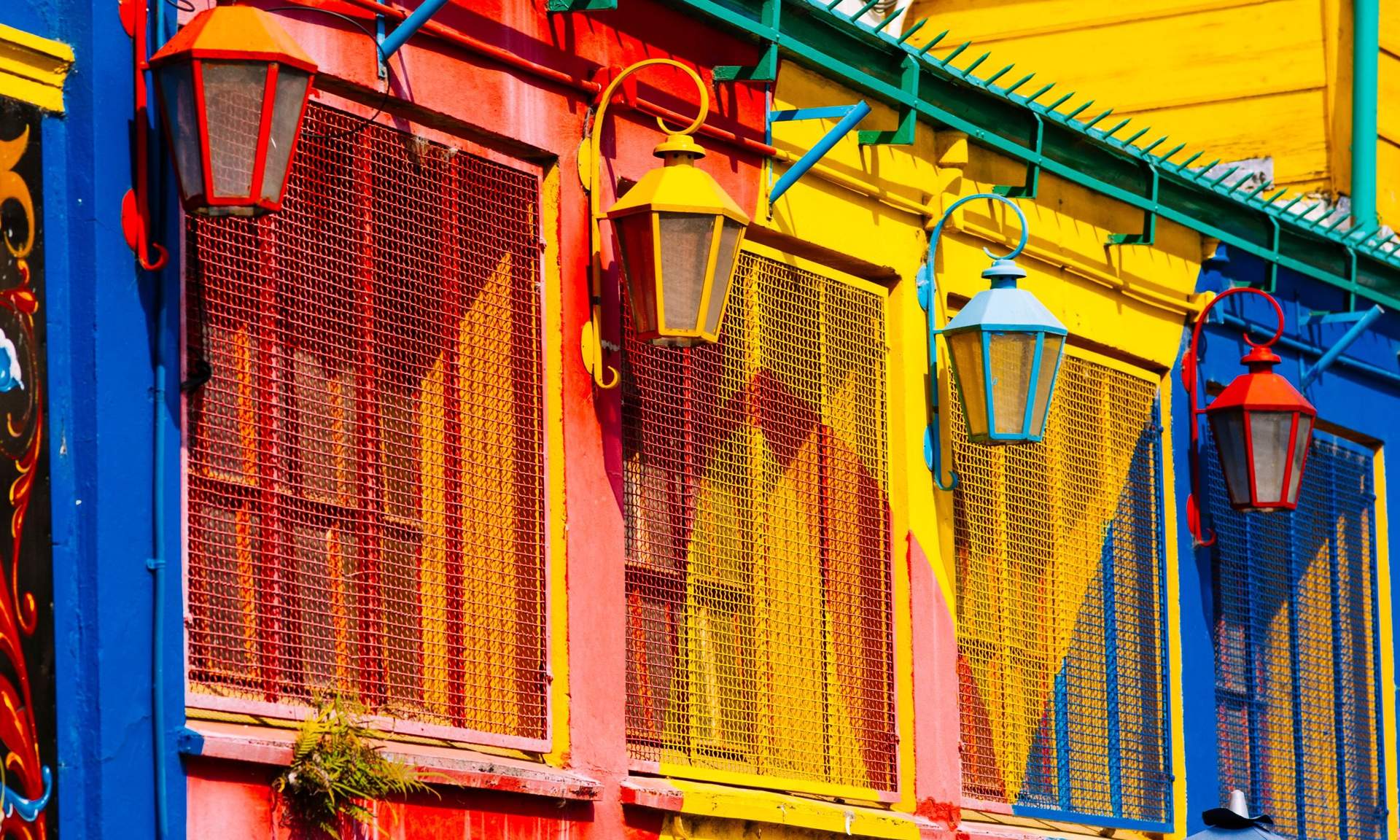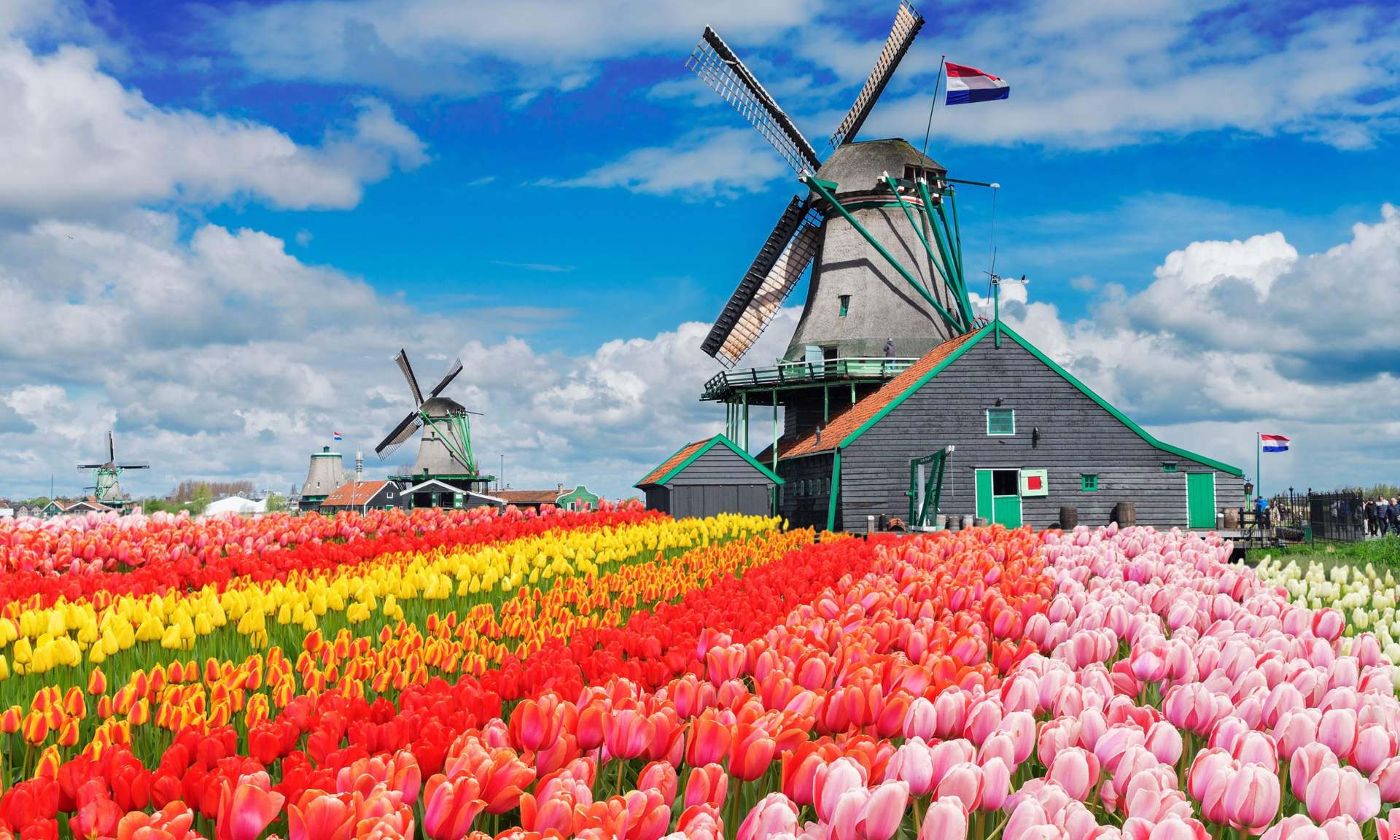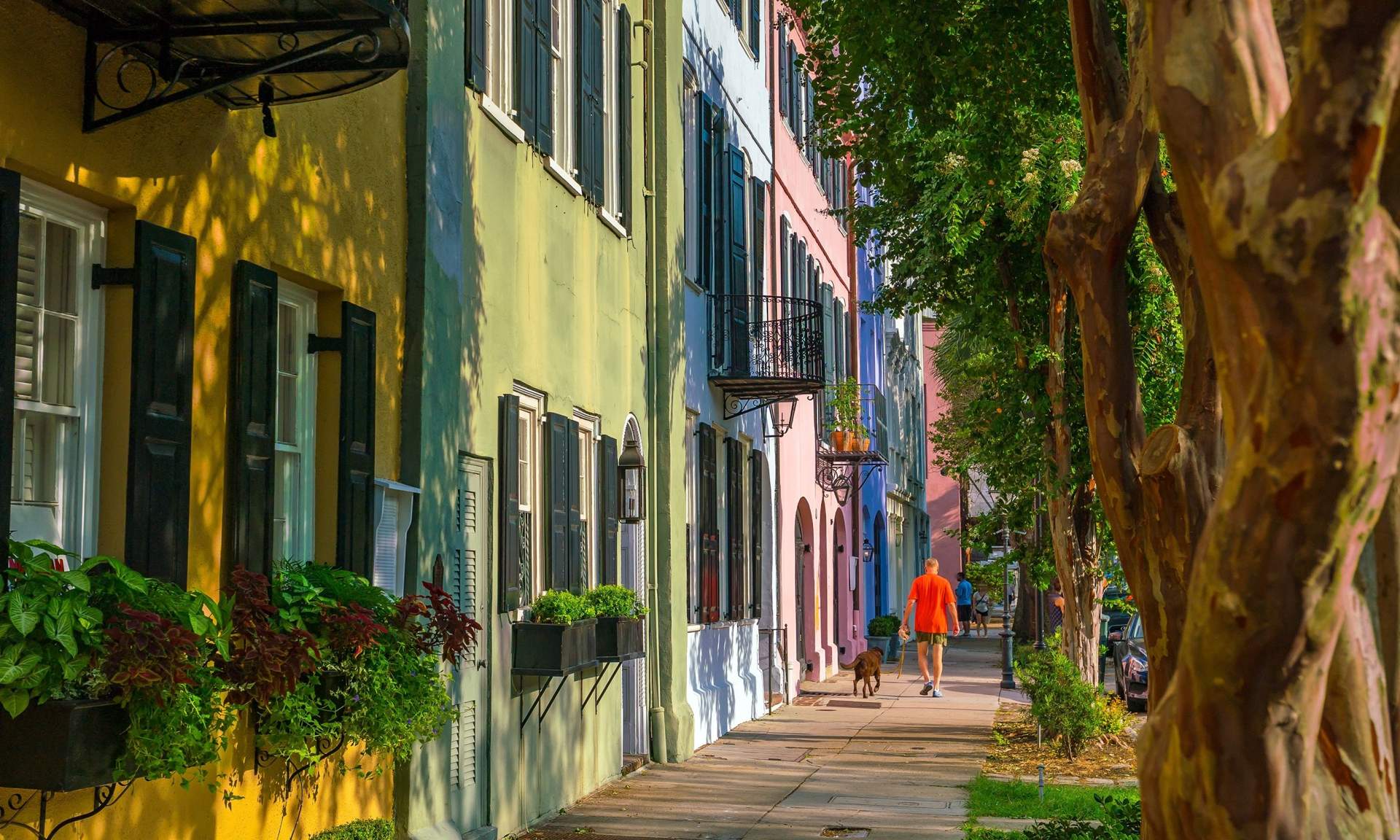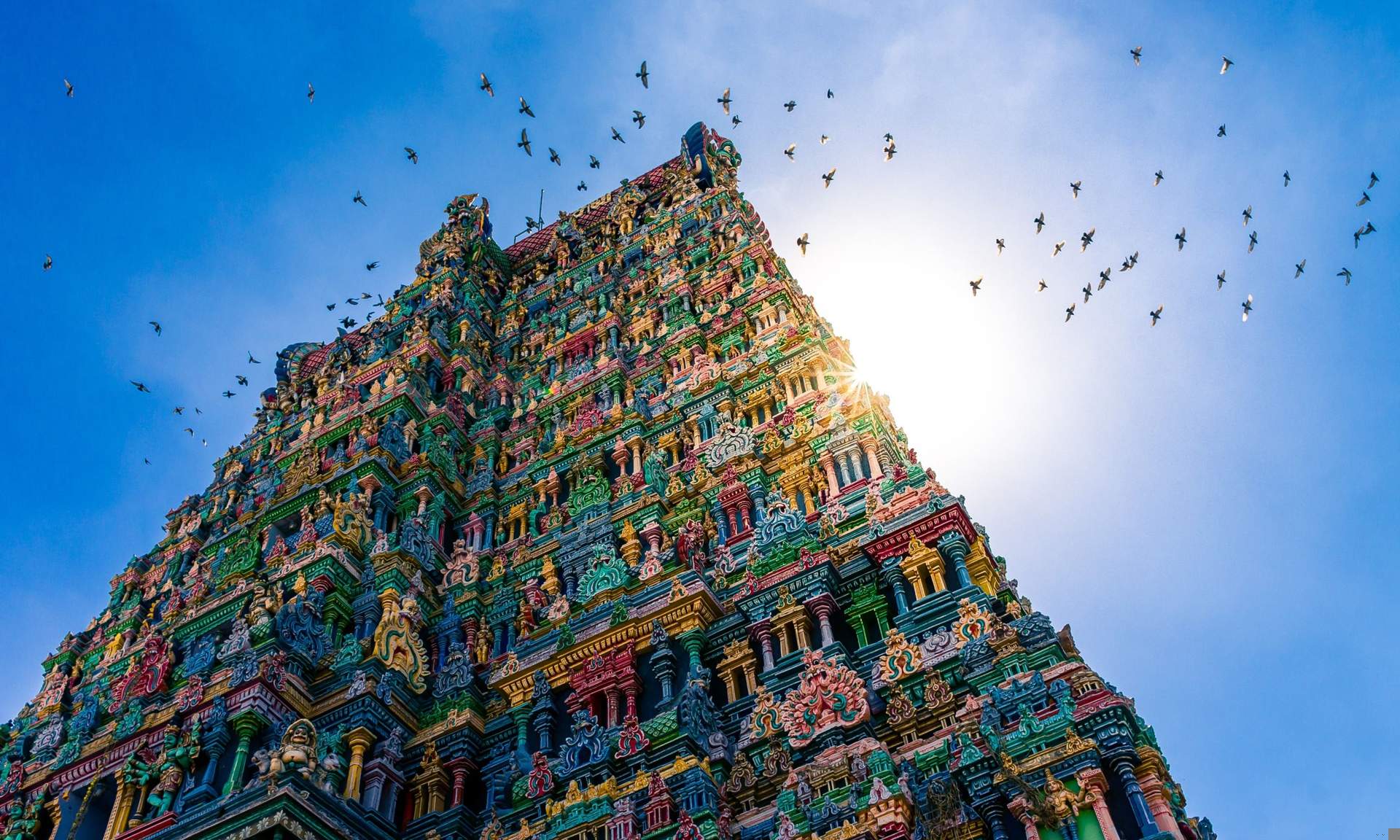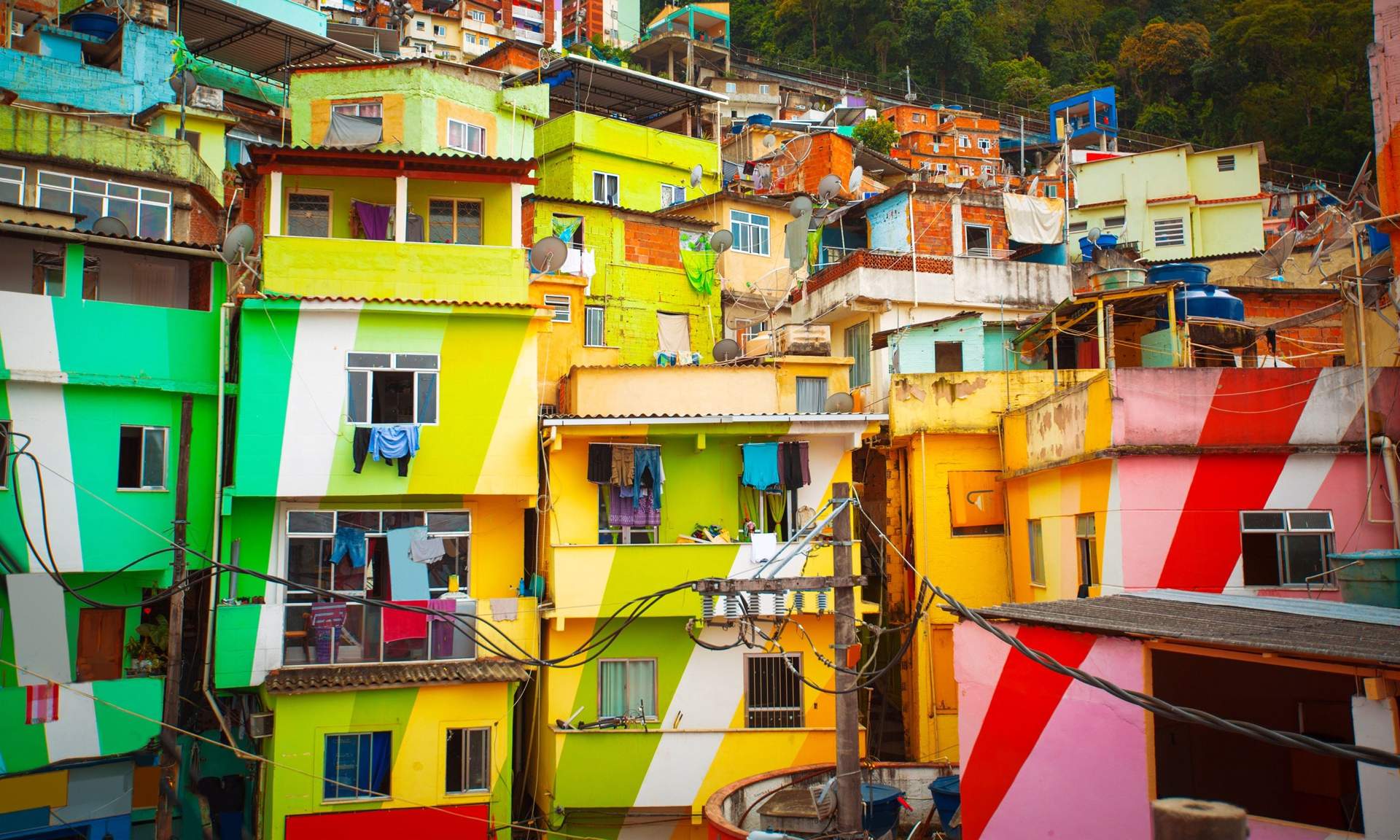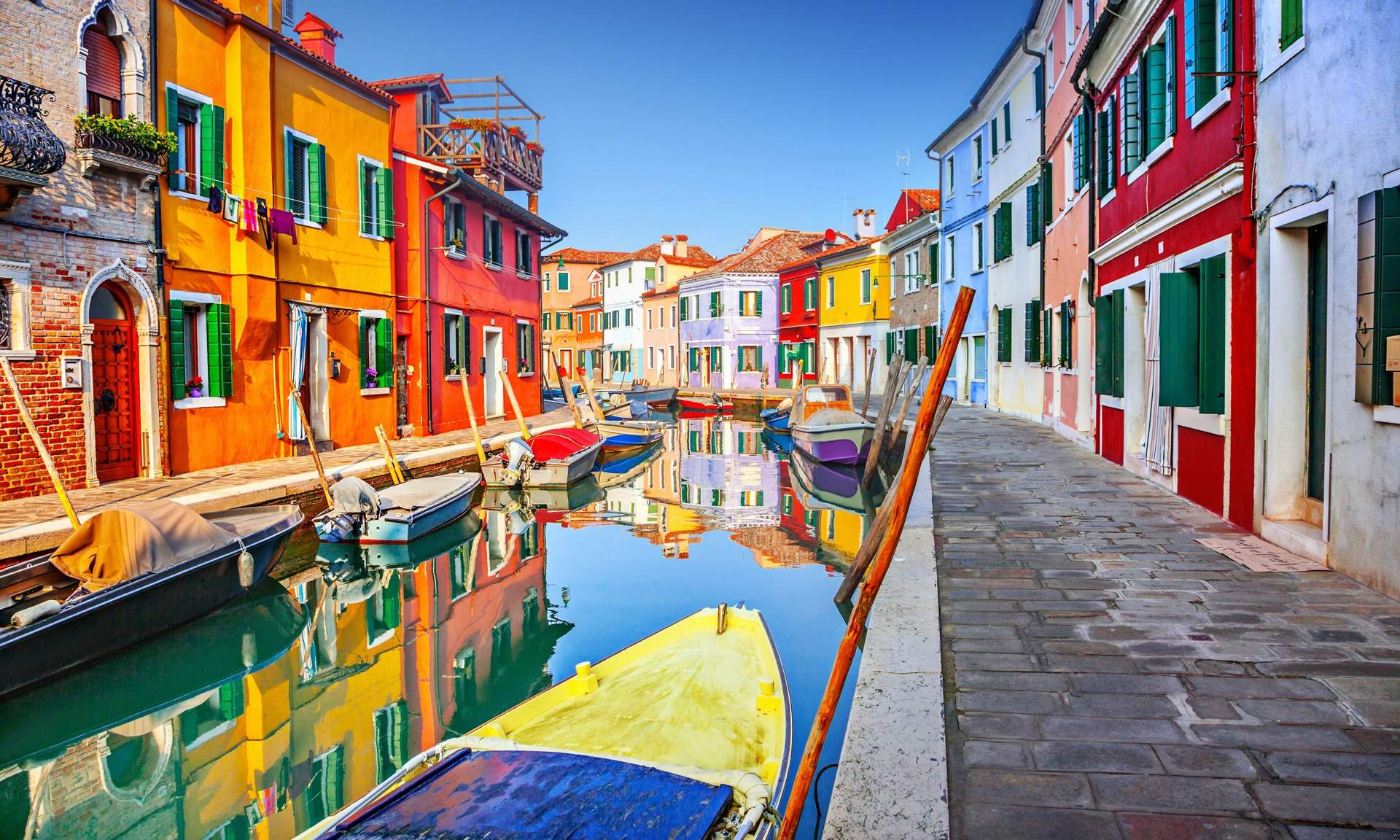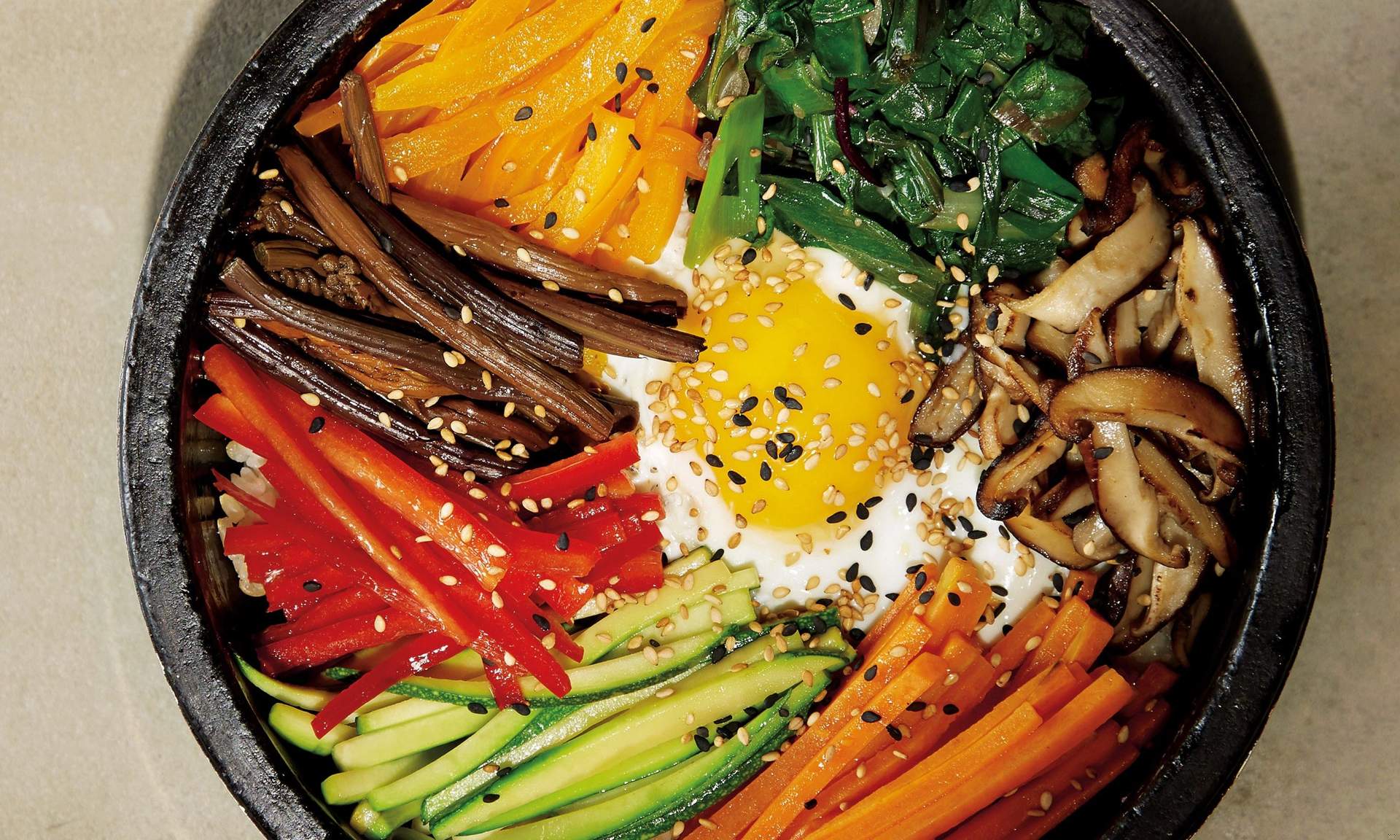Your full travel guide to Taiwan
Words: Hazel Plush

When Portuguese explorers first set eyes on Taiwan in 1544, they named it ‘Ilha Formosa’ – or ‘Beautiful Island’. Many centuries have passed, but the name has stuck: and when you set eyes on its snow-capped mountains, steaming hot springs and canyon-strewn national parks, you’ll soon see why. Taiwan is a small nation, but its variety of landscapes, cities and sights is extraordinary: start planning your adventure with this expert guide.
Which side of Taiwan will you discover?
Northern Taiwan
Chances are, you’ll begin your trip in Taipei City: the star of the north. Delve into its compelling mix of futuristic architecture, ancient temples and creative hotspots – including vintage markets, indie breweries and more – before venturing further afield to the region’s six other cities and counties: New Taipei City, Keelung City, Yilan County, Taoyuan City, Hsinchu County and Hsinchu City. Each has its own charms, and they are easy to reach by public transport.
Central Taiwan
From the breathtaking beauty of Sun Moon Lake, to the ornate temples and delicate handicrafts of the coastal regions, there is much to admire in Central Taiwan. And it has plentiful opportunities to get involved too: whether you’re taking a pottery class in Miaoli, watching a puppet show in Yunlin, or revelling in Taichung’s hot springs and food markets.
Southern Taiwan
Kenting National Park lies at the far south of Taiwan, where beach-hopping, swimming and snorkelling are top of the day’s agenda. The weather is warm year-round, and Eluanbi – on the very southernmost tip – overlooks the Pacific Ocean on its left and the Taiwan Strait on its right. Come for the photos, but stay for the incredible outdoor adventures.
Eastern Taiwan
Looking for adventure? Whether you’re white-water canoeing on the Xiuguluan River, hiking through mighty gorges in Taroko National Park, or dipping into Taitung’s hot springs, Taiwan’s eastern edge demands to be explored. It encompasses two counties, Hualien and Taitung, whose coastal-hugging highway is ideal for road tripping – while to the west, the Central Mountain Ridge promises crowd-free climbing, camping and canyoning.
Offshore Islands
While mainland Taiwan is far from the ‘beaten track’, its islands offer an even more intrepid experience. On some, winsome sands are framed by beach bars and palm trees (yes, really!); on others, old military forts and traditional architecture hint at the nation’s past. These are the ones you won’t want to miss…
Northern Taiwan
Best for city exploring

Chances are, you’ll begin your trip in Taipei City: the star of the north. Delve into its compelling mix of futuristic architecture, ancient temples and creative hotspots – including vintage markets, indie breweries and more – before venturing further afield to the region’s six other cities and counties: New Taipei City, Keelung City, Yilan County, Taoyuan City, Hsinchu County and Hsinchu City. Each has its own charms, and they are easy to reach by public transport.
Taipei
The beating heart of Taiwan, the capital city is best-known for its glittering skyscrapers – the star of which is Taipei 101, reaching 508 metres (1,667 feet) or 101 storeys. The view from its observation deck reveals how the bustling streets soon yield to forested peaks and lush tea plantations: there is nowhere better to orientate yourself before exploring the city.
For the best views of the tower itself, and to enjoy sorbet sunsets over the city rooftops, climb up Elephant Mountain: a half-hour (but steep!) hike from Xiangshan metro station. The scene is particularly eye-popping on New Year’s Eve, when Taipei 101 lights up the night sky with a constellation of fireworks.
Now you’ve got your bearings, you’re in for an action-packed few days: don’t miss the National Palace Museum’s vast art collection, the incense-cloaked serenity of Lungshan Temple, and the humbling grandeur of the Martyrs’ Shrine – to name but a few.
Night markets
You’ll be raving about Taiwan’s street food for years to come, and its busy night markets are the ideal places to get stuck in. From plump pork dumplings and crispy oyster omelettes, to mountains of syrup-soaked shaved ice (it’s like ice cream): the dishes are cheap, fresh and totally authentic.
You’ll find the markets all over the nation, but Taipei has a particularly fine selection: check out the stalls on Raohe Street, Shilin, Huaxi and Linjiang, which are popular with both locals and tourists alike. Though some are open in the early afternoon, after-dark is the best time to visit.
The old streets
Just a short metro ride or drive from Taipei City, you’ll find several smaller towns and districts which preserve Taiwan’s traditional customs – such as the 800+ ceramic workshops of Yingge (on the Dahan River), and the ancient temples and street hawkers of Tamsui (to the north of the city).
With its intricate stone-carved facades and red-brick archways, the architecture of Sanxia Old Street – a half-hour drive from Taipei City – dates back to the early 1900s, a charming spot for craft shopping and people-watching. Meanwhile, in the mountains east of Taipei, Jioufen’s lantern-strewn streets are full of traditional teahouses, pottery shops and ramshackle food stalls.
Image captions



Central Taiwan
Best for culture seekers

From the breathtaking beauty of Sun Moon Lake, to the ornate temples and delicate handicrafts of the coastal regions, there is much to admire in Central Taiwan. And it has plentiful opportunities to get involved too: whether you’re taking a pottery class in Miaoli, watching a puppet show in Yunlin, or revelling in Taichung’s hot springs and food markets.



Aboriginal culture
Equally revered as its natural beauty, Central Taiwan’s indigenous cultures are a source of huge pride and interest throughout the region, with widespread efforts to preserve their customs and heritage. There are 16 officially recognised tribes throughout the nation, and those unique to its centre include the Atayal, Bunun, Puyuma peoples – all with their own unique culture, dress and festivals. The Atayal, for example, are known for their intricate textile weaving, while the Paiwan are synonymous with ornate wood-carved figurines.
This craft-based culture has inspired generations of Taiwanese creators, sparking an artisan tradition which remains strong today. From the precious pottery of the Miaoli Ceramics Museum to the expressive characters of the Yunlin Hand Puppet Museum, its heritage treasures are manifold.
National Taiwan Museum of Fine Arts
In the city of Taichung, this vast cultural institution showcases the work of Taiwanese painters, sculptors, photographers and more, presenting the country’s largest collection of artworks. It has 24 galleries, hosting a roster of both permanent and touring exhibitions – all of which are free to explore.
While local talents take centre stage, the museum also forges international connections via festivals and events, such as the Asian Art Biennial. In recent years, its collection has expanded to encompass modern and digital art, and its surrounding gardens are emblazoned with colourful graffiti-style pieces.
Sun Moon Lake
Amid the mountains and forests of Central Taiwan, this alpine lake sparkles like a beacon for day trippers and holidaymakers. With its boat cruises, bike rides, circular hikes and water-view hotels, this is one of the nation’s favourite places for a breath of fresh air, with thrilling aerial views from the ‘Ropeway’ cable car: be warned, some of its cabins are glass-bottomed!
The area is also an indigenous tribal heartland, home to the Thao and Bunun peoples – whose culture, food, music and dance are celebrated in the Formosan Aboriginal Culture Village. In spring, look out for the annual Sun Moon Lake Cherry Blossom Festival – the largest celebration of its kind in Taiwan, with around 5,000 pink-petalled cherry trees. Picnics, tea parties and live entertainment take place beneath the blushing boughs, while cycle tours guide visitors to the prettiest viewpoints.
Southern
Taiwan
Best for adventure

Kenting National Park lies in the far south of Taiwan, where beach-hopping, swimming and snorkelling are top of the day’s agenda. The weather is warm year-round, and Eluanbi – on the very southernmost tip – overlooks the Pacific Ocean on its left and the Taiwan Strait on its right. Come for the photos, but stay for the incredible outdoor adventures.
Alishan Forest
A landscape of every conceivable shade of green, this National Scenic Area features ancient cedar and cypress woodlands, dotted with waterfalls, tea plantations and mountain villages. It also has a rich tribal history, and is home to the aboriginal Tsou people. Today, the peaks are catnip for hikers and rock climbers, and their highest elevations (at around 2,600 metres/8,530 feet) are often cloaked in snow during winter, while the forests are often beautifully mist-shrouded.
The Alishan Forest Railway travels sedately through this mighty eyrie, zig-zagging up and down the peaks: a journey it has taken since 1899. Other highlights include sipping locally-grown oolong tea, spotting cherry blossoms in late spring, and watching sunrise over a ‘sea of clouds’ from the Ogasawara Mountain Observation Deck.
Tainan Confucian Temple
Dating back to 1665, this elegant red temple is a living embodiment of Taiwan’s distant past, a monument that has witnessed extraordinary change throughout the islands. It is the nation’s oldest Confucian temple and has served as a higher-education school as well as a spiritual sanctuary; today, it regularly hosts traditional Confucian ceremonies, featuring music and rituals that are centuries old. It is located in the city of Tainan – the nation’s oldest metropolis, which was the capital from 1683 to 1887.
Diving and snorkelling
Taiwan is one of diving’s best-kept secrets, with rich marine habitats around the very north and south of the nation. The sea around Kenting National Park, in the far south, offers both shore and boat dives, with good visibility and regular sightings of turtles, sharks and clownfish amid its coral and shipwrecks.
There are several dive schools and hostels in Kenting, offering tours and tuition for divers and snorkellers alike. For snorkelling, head to Banana Bay, Sail Rock and Wanlitong – though arrive early for the quietest conditions, especially on weekends. In recent years, freediving has become popular too: both here, and on Green Island (Lyudao) and Orchid Island (Lanyu).
Tropic of Cancer
The Tropic of Cancer passes right through Taiwan, the meeting point of the world’s tropical and temperate climates – at 23.5 degrees north. There are several latitude markers throughout Taiwan, including the white spaceship-style Tropic of Cancer Monument at Shuishang in Chiayi County. It opened in 1995 (though its predecessor dated back to 1908), and is free to visit.
Image captions




Eastern
Taiwan
Best for nature lovers

Looking for adventure? Whether you’re white-water canoeing on the Xiuguluan River, hiking through mighty gorges in Taroko National Park, or dipping into Taitung’s hot springs, Taiwan’s eastern edge demands to be explored. It encompasses two counties, Hualien and Taitung, whose coastal-hugging highway is ideal for road tripping – while to the west, the Central Mountain Ridge promises crowd-free climbing, camping and canyoning.



Taroko National Park
With its plunging chasms and thundering waterfalls, this bombastic landscape has to be seen to be believed. Totalling 360 sq miles (920 sq km), Taroko has an abundance of hiking trails: some lead to small Truku tribal hamlets up in the hills, surrounded by lichen-draped forest – while others, such as the Zhuilu Old Trail, promise edge-of-the-world views of the Liwa River, which roils beneath gorge-spanning bridges.
It is best to explore in the company of a guide, to discover the park’s little-known trails and tribal homestays, and for the ease of organising any necessary permits. Hualien City is around a 40-minute drive, scooter trip or bus ride from the park’s visitor centre.
Taitung Duoliang Station
Is this the world’s most beautiful train station? Though passenger trains no longer call at Duoliang, its coastal location still attracts many admirers. The platform is sandwiched between the beach (literally just a few steps away) and woodland-covered hills, with front-row views of the Pacific Ocean beyond.
If you time it right, you might catch a glimpse of a passing locomotive, trundling along this picturesque stretch and through the adjoining tunnel. The station roof is now an impromptu observation deck, attracting local and international rail enthusiasts.
Lyudao
Also known as Green Island, Lyudao is a 15-minute flight or 50-minute boat ride from Taitung – and is well worth a few days’ sojourn. It is home to one of the world’s three seawater hot springs (the other two are in Japan and Italy), where you can relax in steaming ocean-view brine pools: a brilliant place to watch the sunrise, or kick back under the stars.
The island’s landscape certainly lives up to its name, and there are two main hiking trails weaving through its coast and forest – and if you’re lucky, you might even spot wild Formosan muntjac and sika deer along the way. Dive centres and adventure tour companies operate on the island, too.
Offshore islands
Best for making a splash

While mainland Taiwan is far from the ‘beaten track’, its islands offer an even more intrepid experience. On some, winsome sands are framed by beach bars and palm trees (yes, really!); on others, old military forts and traditional architecture hint at the nation’s past. These are the ones you won’t want to miss…
Penghu County
In winter, the reliable sunshine and golden sands of the Penghu islands – also known as the Pescadores – make the archipelago a hotspot for beach holidays, while winter’s windy conditions attract adventurous windsurfers. There are 90 islands in total, located off the west coast of Taiwan, with regular flights and ferries to Makung (the capital).
Despite its far-flung location, there is an abundance of hotels and guesthouses – as well as homestays, hostels and even Airbnbs for a more local experience. Spend your days exploring temples and museums, or snorkelling, parasailing, beach-hopping and windsurfing – and your nights devouring freshly-caught seafood, such as lobster, oysters and squid.
Kinmen County
From eerie bioluminescence in the sea, to skies full of cormorants, kingfishers and ospreys, these two tiny islands are surprisingly wild. They have a colourful military history, but are also dubbed a ‘garden built on a fortress’ by local people – thanks to their abundance of farmlands, woodlands, beaches and lakes.
Many of the villages feature exquisite traditional Chinese architecture, such as Shuitou, Zhushan and Oucuo, while the Historical Folk Museum traces the islands’ cultural roots. If you can, catch one of the many local celebrations too – such as the Rock Oyster and Wheat Culture Festival (April), Little Kinmen Taro Festival (October) or Kinmen Tunnel Music Festival (November) – and don’t leave without a pocketful of peanut candies and sorghum liquor, for which the islands are famed. Maestro Wu’s handmade knives, too, are legendary: they’re made from the spent casings of 1950s communist propaganda shells.
Lienchiang County
For a truly off-grid trip, look to Lienchiang. Also known as the Matsu Islands, they served as a military outpost for many years, yet their fledgling tourism scene is gathering pace – with culture and experiences you simply won’t find elsewhere in Taiwan. Maybe you’ll take a spine-tingling boat cruise through the Beihai Tunnels, a naval warren carved into the granite sea rocks, or explore the coastal village of Qinbi, with its stone-built eastern Fujian style architecture and family-run B&Bs.
Sip a dram of fiery Kaoliang liquor at the Matsu Distillery, in Nangan, whose famous ‘Tunnel 88’ recipe is matured in a former military tunnel of the same name. You can peek inside it on a distillery tour, before raising a few glasses on a generous tasting session.
The archipelago is just a few kilometres from mainland China, and features several islands and islets, divided into four townships: the biggest of which are Beigan and Nangan, connected by daily flights to Taipei.
Image captions



What to eat in Taiwan
Taiwan’s variety of landscapes is reflected in its diversity of cuisine: from top-quality seafood and fish on the coast, to a bounty of fresh vegetables, noodles and rice dishes inland. Some of its finest cuisine is served in the humblest of locations – so ask for local tips, get stuck into the markets, and be prepared to queue round the block. It’ll be worth it!

Xiao Long Bao
Filled with juicy pork and flavoursome soup, these steamed buns are sold everywhere from street markets to fine restaurants.

Beef Noodles
A bowl of tender braised beef, fresh vegetables and a meaty broth: this is Taiwanese comfort food at its best.

Pork Balls
Known as gong wan, these simple meatballs are often flavoured with fresh ginger and shiitake mushrooms, served in a fragrant soup.

Bubble Tea
Need a pick-me-up? This syrupy mix of chewy tapioca balls and milky iced tea is best slurped while you’re on the go.

Hakka Sticky Rice Balls
Made from a simple rice flour dough, these stodgy parcels are cooked in a savoury broth featuring chicken, pork or vegetables.

Taiwanese Rice Dumplings
Similar to tamales or samosas, these plump rice dumplings are stuffed with savoury flavours such as spiced pork and peanuts.

Grilled Sausage
A popular snack at the night market, these slightly sweet pork sausages are served sticky and sizzling, straight from the grill.

Tea
Take your pick from the top-quality oolong, black, green and white teas, which flourish on Taiwan’s many tea plantations.
Make it happen










